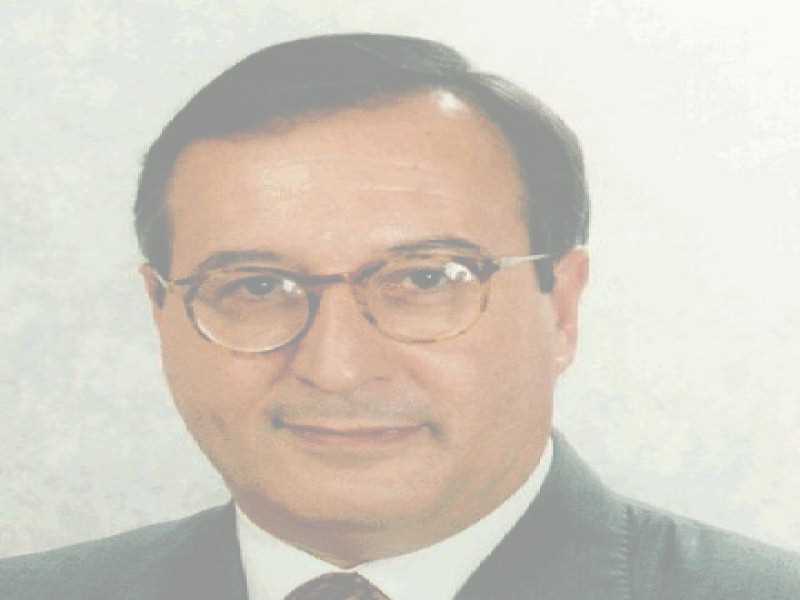 |
SAS - SYMBIOTIC AUTONOMOUS SYSTEM |
| Symbiotic Autonomous System (SAS) | |
Past ICCI*CC Conference editions, latest cognitive studies and theoretical breakthroughs have led to systematic revelations of the parallel and recursive framework of contemporary sciences and human-nature symbiosis. A Symbiotic Autonomous System (SAS) is a bio-and-social-inspired system characterized by heterogeneously synergized, adaptive structures and behaviors. Capitalizing on SSS insights and development, the recognition that SAS (Symbiotic Autonomous Systems) are poised to have a revolutionary impact on society over the coming years is quite straightforward. SAS is an intelligent and cognitive system embodied by computational intelligence in order to facilitate collective intelligence among human-machine interactions in a hybrid society. Current paradigms of SAS are such as natural intelligence systems, social computing systems, man-machine systems, cognitive systems, cognitive robots, bioinformatics systems, brain-inspired systems, self-driving vehicles, unmanned systems, intelligent IoT, cyber-physical-social systems, etc. The theoretical foundations of SAS are underpinned by the emergence of abstract sciences (AS), based on cognitive transdisciplinarity and cognitive transdisciplinary education, as counterpart of classical concrete sciences (CS), based on traditional focused education. The latter includes physics, chemistry, biology, neurology, physiology, brain science, biomedical engineering, bioengineering, engineering sciences, management, etc. The former encompasses data, information, knowledge, intelligence sciences, as well as sociology, mathematics, system science, etc. In the coming decades we are bound to see progress in both the "computerization" of the World and in its digitalization. These two trends will strengthen one another and will overlap creating the age of SAS. SAS eBook at IEEE Symbiotic Autonomous Systems More on SAS at IEEE Symbiotic Autonomous Systems Tech Blog at IEEE Future Directions Content adapted from Wikipedia Licensed under CC-BY-SA. |
|
![]()
|
|